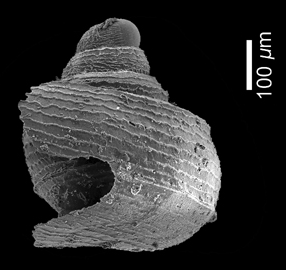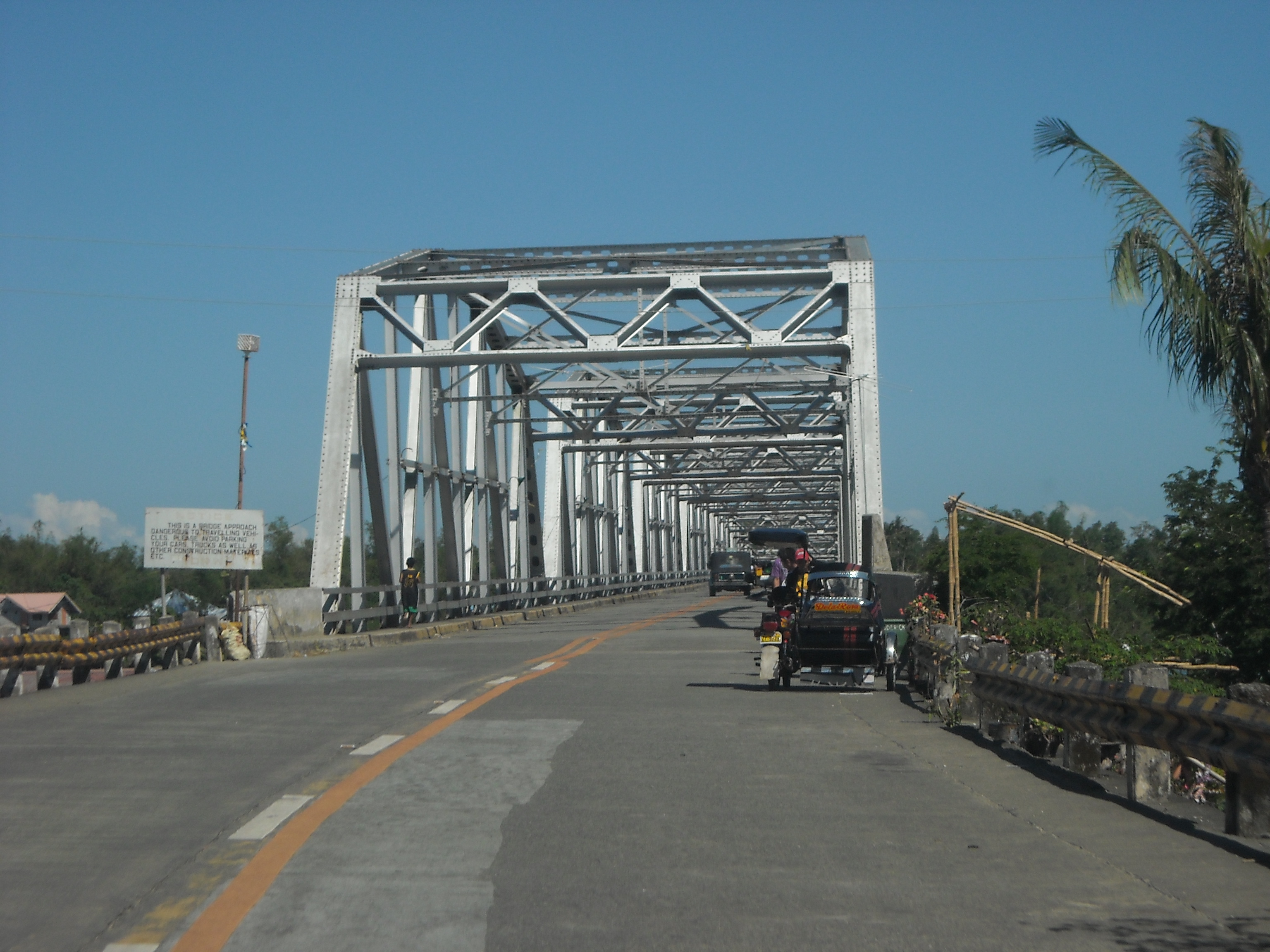|
Atlanta Brunnea
''Atlanta brunnea'' is a species of sea snail, a holoplanktonic marine gastropod mollusk in the family Atlantidae. Description ''Atlanta brunnea'' is a small species (shell diameter to 2.0 mm) that is darkly pigmented (brown to reddish-and golden-brown). The keel is tall and colorless, and inserts between the last and penultimate shell whorls in animals larger than 1.5 mm. The spire is tall and conical, consisting of 4 whorls and possessing a complex pattern of spiral sculpture that ends on the protoconch and is replaced by spiral rows of small punctae on the teleoconch. Coloration ranges from brown to amber and reddish brown. Juveniles of this species are easily recognised by their shape and ornament. The protoconch is rather high conical and has 3½ - 3¾ whorls, slowly increasing in diameter. On the first whorl, in front of the nucleus, an ornament is seen of some nine or ten irregular spirals. Two stronger spirals from the second whorl on delimit a subsutural zone ... [...More Info...] [...Related Items...] OR: [Wikipedia] [Google] [Baidu] |
Pliocene
The Pliocene ( ; also Pleiocene) is the epoch in the geologic time scale that extends from 5.333 million to 2.58See the 2014 version of the ICS geologic time scale million years ago. It is the second and most recent epoch of the Neogene Period in the . The Pliocene follows the Epoch and is followed by the Epoch. Prior to the 2009 ... [...More Info...] [...Related Items...] OR: [Wikipedia] [Google] [Baidu] |
Sculpture (mollusc)
Sculpture is a feature of many of the shells of mollusks. It is three-dimensional ornamentation on the outer surface of the shell, as distinct from either the basic shape of the shell itself or the pattern of colouration, if any. Sculpture is a feature found in the shells of gastropods, bivalves, and scaphopods. The word "sculpture" is also applied to surface features of the aptychus of ammonites, and to the outer surface of some calcareous opercula of marine gastropods such as some species in the family Trochidae. Sculpture can be concave or convex, incised into the surface or raised from it. Sometimes the sculpture has microscopic detailing. The term "sculpture" refers only to the calcareous outer layer of shell, and does not include the proteinaceous periostracum, which is in some cases textured even when the underlying shell surface is smooth. In many taxa, there is no sculpture on the shell surface at all, apart from the presence of fine growth lines. The sculpture ... [...More Info...] [...Related Items...] OR: [Wikipedia] [Google] [Baidu] |
Tree Of Life Web Project
The Tree of Life Web Project is an Internet project providing information about the diversity and phylogeny of life on Earth. This collaborative peer reviewed project began in 1995, and is written by biologists from around the world. The site has not been updated since 2011, however the pages are still accessible. The pages are linked hierarchically, in the form of the branching evolutionary tree of life, organized cladistically. Each page contains information about one particular group of organisms and is organized according to a branched tree-like form, thus showing hypothetical relationships between different groups of organisms. In 2009 the project ran into funding problems from the University of Arizona. Pages and Treehouses submitted took a considerably longer time to be approved as they were being reviewed by a small group of volunteers, and apparently, around 2011, all activities ended. History The idea of this project started in the late 1980s. David Maddison was wor ... [...More Info...] [...Related Items...] OR: [Wikipedia] [Google] [Baidu] |
Scripta Geologica
''Scripta Geologica'' is a peer-reviewed scientific journal that publishes on vertebrate and invertebrate palaeontology, palaeobotany/palynology, stratigraphy, petrology, and mineralogy, including gemmology with a focus on systematics. It is published by the Dutch National Museum of Natural History, Naturalis. ''Scripta Geologica'' was established in 1881 as ''Sammlungen des geologischen Reichsmuseums in Leiden'' (1881-1923), changing its title to ''Leidse Geologische Mededelingen'' in 1925 (originally spelled as ''Leidsche Geologische Mededeelingen''). From 1971, the latter title was published in parallel with ''Scripta Geologica'' until they were merged in 1985. Abstracting and indexing ''Scripta Geologica'' is abstracted and indexed in PASCAL, GeoBase, GeoAbstracts and GeoRef __NOTOC__ The GeoRef database is a bibliographic database that indexes scientific literature in the geosciences, including geology. Coverage ranges from 1666 to the present for North American literatu ... [...More Info...] [...Related Items...] OR: [Wikipedia] [Google] [Baidu] |
Anda, Pangasinan
Anda, officially the Municipality of Anda ( pag, Baley na Anda; ilo, Ili ti Anda; tgl, Bayan ng Anda), is a 3rd class municipality in the province of Pangasinan, Philippines. According to the 2020 census, it has a population of 41,548 people. The municipality consists primarily of Cabarruyan Island (also known as Anda Island), as well as minor surrounding islets. Because of Anda's proximity near the Hundred Islands, a popular tourist destination for its caves and beaches, it is the so-called "Mother of the Hundred Islands." Anda is from Lingayen and from Manila. History On the north-west portion of Lingayen Gulf lies a group of islands which comprise the territory of Anda. Before the middle of the nineteenth century, the islands which comprise the municipality were uninhabited. Only occasionally did seafarers and fishermen use the coast as havens. Andres de la Cruz Cacho, fondly called in Bolinao as Andales Kulayo, discovered a vast tract of land suitable for grazing and ... [...More Info...] [...Related Items...] OR: [Wikipedia] [Google] [Baidu] |
Body Whorl
The body whorl is part of the morphology of the shell in those gastropod mollusks that possess a coiled shell. The term is also sometimes used in a similar way to describe the shell of a cephalopod mollusk. In gastropods In gastropods, the body whorl, or last whorl, is the most recently formed and largest whorl (or revolution) of a spiral or helical shell, terminating in the aperture. It is called the "body whorl" because most of the body of the soft parts of the animal fits into this whorl. The proportional size of the body whorl in gastropod shells differs greatly according to the actual shell morphology. For shells in which the rate of whorl expansion of each revolution around the axis is very high, the aperture and the body whorl are large, and the shell tends to be low spired. The shell of the abalone is a good example of this kind of shell. The opposite tendency can sometimes create a high spire with very little whorl increase per revolution. In these instances, e.g. ... [...More Info...] [...Related Items...] OR: [Wikipedia] [Google] [Baidu] |
Umbilicus (mollusc)
The umbilicus of a shell is the axially aligned, hollow cone-shaped space within the whorls of a coiled mollusc shell. The term umbilicus is often used in descriptions of gastropod shells, i.e. it is a feature present on the ventral (or under) side of many (but not all) snail shells, including some species of sea snails, land snails, and freshwater snails. The word is also applied to the depressed central area on the planispiral coiled shells of ''Nautilus'' species and fossil ammonites. (These are not gastropods, but shelled cephalopods.) In gastropods The spirally coiled whorls of gastropod shells frequently connect to each other by their inner sides, during the natural course of its formation. This results in a more or less solid central axial pillar, known as the columella. The more intimate the contact between the concave side of the whorls is, the more solid the columella becomes. On the other hand, if this connection is less intense, a hollow space inside the whorls may re ... [...More Info...] [...Related Items...] OR: [Wikipedia] [Google] [Baidu] |
Whorl (mollusc)
A whorl is a single, complete 360° revolution or turn in the spiral growth of a mollusc shell. A spiral configuration of the shell is found in numerous gastropods, but it is also found in shelled cephalopods including ''Nautilus'', ''Spirula'' and the large extinct subclass of cephalopods known as the ammonites. A spiral shell can be visualized as consisting of a long conical tube, the growth of which is coiled into an overall helical or planispiral shape, for reasons of both strength and compactness. The number of whorls which exist in an adult shell of a particular species depends on mathematical factors in the geometric growth, as described in D'Arcy Wentworth Thompson's classic 1917 book ''On Growth and Form'', and by David Raup. The main factor is how rapidly the conical tube expands (or flares-out) over time. When the rate of expansion is low, such that each subsequent whorl is not that much wider than the previous one, then the adult shell has numerous whorls. When the ... [...More Info...] [...Related Items...] OR: [Wikipedia] [Google] [Baidu] |
Protoconch
A protoconch (meaning first or earliest or original shell) is an embryonic or larval shell which occurs in some classes of molluscs, e.g., the initial chamber of an ammonite or the larval shell of a gastropod. In older texts it is also called "nucleus". The protoconch may sometimes consist of several whorls, but when this is the case, the whorls show no growth lines. The whorls of the adult shell, which are formed after the protoconch, are known as the teleoconch. The teleoconch starts forming when the larval gastropod becomes a juvenile, and the protoconch may dissolve. Quite often there is a visible line of demarcation where the protoconch ends and the teleoconch begins, and there may be a noticeable change in sculpture, or a sudden appearance of sculpture at that point. In some gastropod groups (such as the Architectonicidae), the teleoconch whorls spiral in the opposite direction to the protoconch. In those cases, the shell is called heterostrophic. In species which ha ... [...More Info...] [...Related Items...] OR: [Wikipedia] [Google] [Baidu] |
Atlanta Brunnea 3
Atlanta ( ) is the capital and most populous city of the U.S. state of Georgia. It is the seat of Fulton County, the most populous county in Georgia, but its territory falls in both Fulton and DeKalb counties. With a population of 498,715 living within the city limits, it is the eighth most populous city in the Southeast and 38th most populous city in the United States according to the 2020 U.S. census. It is the core of the much larger Atlanta metropolitan area, which is home to more than 6.1 million people, making it the eighth-largest metropolitan area in the United States. Situated among the foothills of the Appalachian Mountains at an elevation of just over above sea level, it features unique topography that includes rolling hills, lush greenery, and the most dense urban tree coverage of any major city in the United States. Atlanta was originally founded as the terminus of a major state-sponsored railroad, but it soon became the convergence point among several railro ... [...More Info...] [...Related Items...] OR: [Wikipedia] [Google] [Baidu] |







